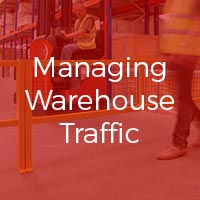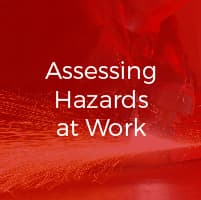Healthcare: Exposure to Biological Agents [Regulations]

Working in Healthcare means risking exposure to biological agents throughout the day. While doctors, nurses or surgeons might be directly exposed to infection, other employees such as porters and cleaners might be exposed to indirect sources of infection. These risks exist in human healthcare (such as hospitals, clinics, and education establishments) as well as in animal healthcare (such as veterinary clinics, private practices, farms, and vet schools). Human healthcare is a major industry in the UK, with employers in both public and private sectors. The NHS is the largest employer, with about a million employees in over 500 NHS trusts… Read more


